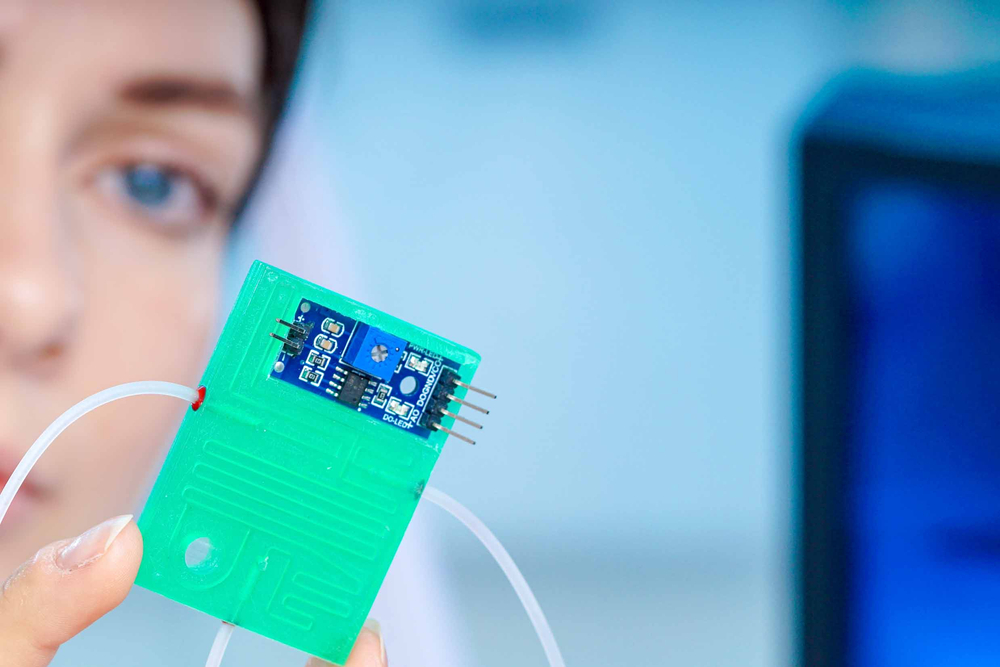Those who have diabetes have traditionally self-monitored their glucose levels through finger pricks and putting a drop of blood into a glucose monitor. While this method has proven to be effective at monitoring glucose levels, many patients who have diabetes would prefer a less painful method. A blood sample has been the most common approach to monitoring glucose levels, however many other bodily fluids contain glucose. Which begs the question: what other fluids can be used to self-test our glucose levels?
Biosensors and Microtechnology
Biosensors in recent years have found an increase in popularity and practical use across a wide variety of industries and applications. One of the most common uses for biosensors is for healthcare and health monitoring. Naturally, due to the complex systems it takes to make a functioning biosensor, microfabrication engineers are required to help build these devices.
Biosensors have a range of applications. Common uses for biosensors include healthcare monitoring, metabolites measurements, sickness screening, insulin treatment, pollution control, and drug development. There is really no limit on the applications for biosensors, especially when companies find a trusted microfabrication engineer to help create the tiny, complex pieces that help biosensors work properly.

Using Microtechnology in Glucose Monitoring for Diabetes
One of the most successful methods for monitoring glucose levels consists of a wearable biosensor and receiver that monitors the levels continuously. The wearable sensor contains a microneedle(s) that resides just below the skin and simultaneously records glucose levels at regular intervals. It relays the results via BlueTooth technology to a healthcare monitoring app on a smart device.
Early versions of these devices only lasted about a week before needing recalibration with blood based biosensors. However nowadays, these glucose monitoring devices last longer due to advances in microfabrication technology, specifically in using glass microfabrication for the needles. As the microtechnology in biosensors continues to advance, researchers and doctors hope to be able to create a fully functioning organ (the pancreas) that will be capable of monitoring glucose levels and administer the appropriate amount of insulin. This is great news for the almost 30 million people who have been diagnoses with diabetes, as the focus continues to be on less invasive, more comfortable monitoring of glucose levels.
Citrogene: Leading Manufacturer of Biosensor Microtechnology
Citrogene is the leading glass microfabrication expert in the world. We have the skills, knowledge, tools, and expertise to execute your custom design to perfection. When it comes to producing microfabricated devices, pieces, or instruments, there is only one trusted microfabrication partner to consider: Citrogene. Contact us today to learn more about our glass microfabrication capabilities.
